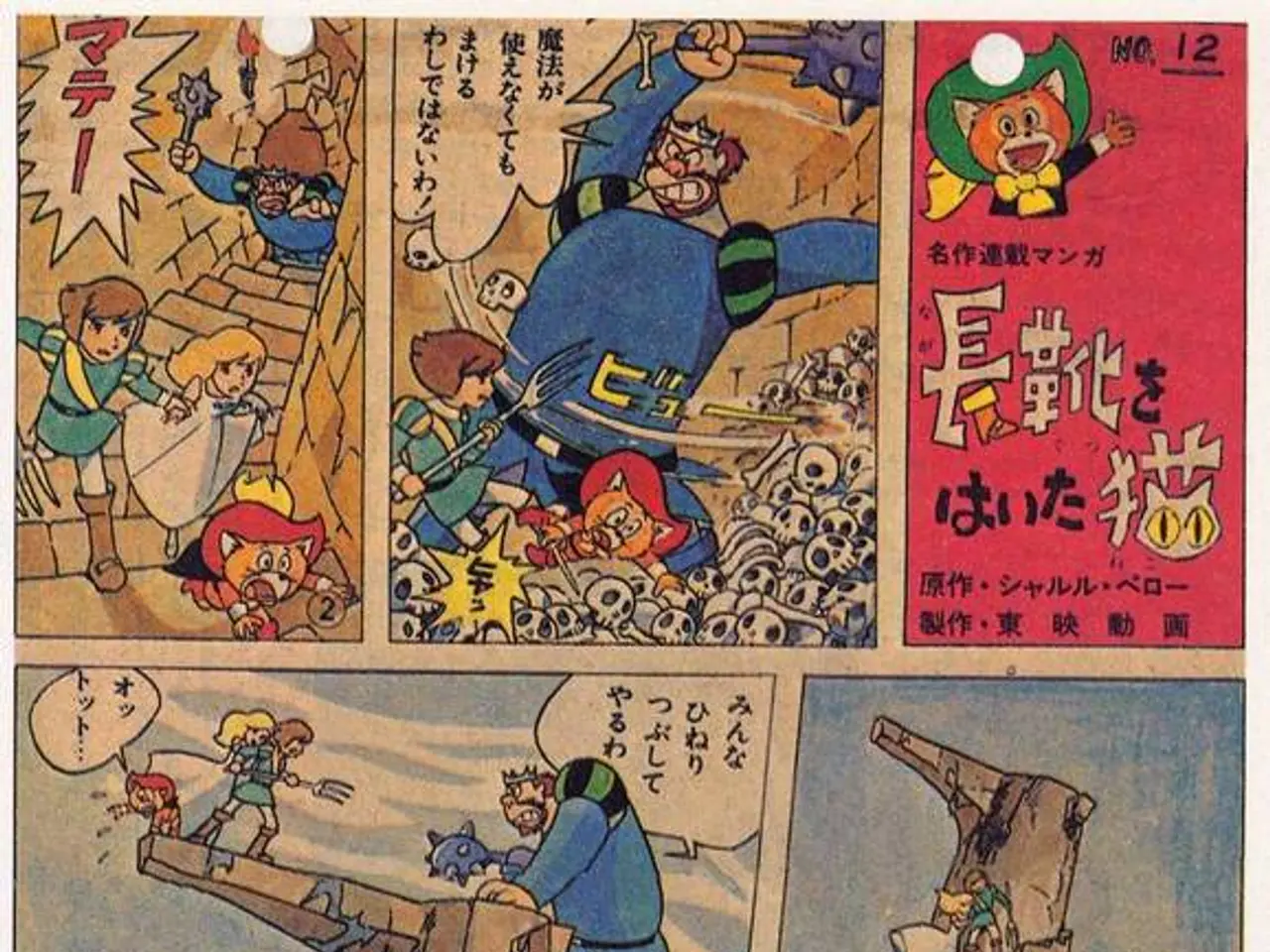Most Notable Disney Box Office Disappointments Throughout History
Disney's Lessons in Film and Television: A Retrospective on its Biggest Flops
Disney's journey through the world of film and television has been marked by a series of high-profile flops that have taught the company valuable lessons about storytelling, marketing, audience expectations, and risk management. From the failure of Mars Needs Moms to the disappointing performance of A Wrinkle in Time, these lessons are as relevant today as they were in the past.
Mars Needs Moms (2011) and Tomorrowland (2015) serve as stark reminders that weak storylines, unappealing visuals, and inconsistent tones can alienate audiences, regardless of budget or talent involved. Mars Needs Moms suffered from unattractive CGI and tonal dissonance, making it difficult for viewers to connect emotionally with the film. Similarly, Tomorrowland failed due to poor marketing that left audiences unaware or uninterested, despite a strong cast and director. These failures underscore the importance of compelling, coherent narratives and effective promotion for success.
Disney's costly live-action remakes, like the 2025 Snow White remake, demonstrate that even with established brand recognition, critical reception and faithful source material treatment remain crucial. The 2025 Snow White remake underperformed at the box office largely because of poor reviews and stylistic choices that disappointed fans and critics. This experience triggered Disney to reconsider its strategy for live-action remakes, shelving several planned sequels and projects. This illustrates the risk of over-reliance on nostalgia without innovation or quality.
From the closure of Blue Sky Studios after Disney’s acquisition of 21st Century Fox, a lesson emerges about corporate consolidation and its impact on creative diversity. Critics argue Disney shut down a competitor and led to the cancellation of projects like Nimona, hurting artistic variety and employee job security. This points to how business decisions can affect both creative output and public perception.
Disney's animated television division also experienced notable failures during this period, such as Dave the Barbarian and The Replacements. These failures taught Disney important lessons about the differences between theatrical and television animation. The struggles of shows like Dave the Barbarian informed the development of more successful series like Gravity Falls and Ducktales. The pattern that emerged from these television experiments was clear: Disney's most successful projects emerged when creative teams had clear mandates and understood their target audiences.
Atlantis: The Lost Empire (2001) failed to connect with audiences, despite featuring an all-star voice cast and impressive animation. The Black Cauldron (1985) was Disney's first truly catastrophic animated failure, with a production budget of $44 million and earning just $21 million worldwide. The Lone Ranger (2013) compounded these mistakes, with a $215 million budget that seemed disconnected from audience demand for Western entertainment.
Dinosaur (2000) showcased impressive computer graphics but wrapped a thin story that failed to engage audiences emotionally. The Lone Ranger's problems with tonal consistency influenced Disney's later approach to adapting classic properties. Treasure Planet (2002) contributed to Disney's shift towards computer animation and eventual acquisition of Pixar.
The development process of The Lone Ranger television reboot attempt in the early 2000s revealed Disney's struggle to adapt classic properties for modern audiences. Chicken Little (2005) suffered from weak storytelling despite demonstrating Disney's ability to create computer animation independently. Disney's failures, such as John Carter's $255 million loss and The Lone Ranger's creative catastrophe, served as inadvertent laboratories for testing audience preferences, pushing technological boundaries, and informing strategies for future successes.
The Marvel Cinematic Universe's careful world-building approach reflects lessons learned from John Carter's failed universe-launching attempt. Treasure Planet, one of Disney's most expensive animated disasters, pioneered the blend of 2D and 3D animation techniques that later became standard practice across the industry.
A Wrinkle in Time (2018) illustrated the difficulty of adapting beloved literary works for contemporary audiences. Disney's focus on emotional storytelling in recent animated features draws from insights gained during the struggles of films like Treasure Planet and Atlantis. The failure of The Black Cauldron taught Disney that creative ambition without clear audience targeting was a recipe for disaster.
In summary, Disney's biggest flops teach that strong, clear storytelling and appealing visuals are essential to engage audiences, marketing and audience understanding are as important as production quality to a film’s success, respecting source material while introducing fresh creativity helps avoid fan backlash, corporate strategies affecting talent and studios can spark criticism and influence brand reputation negatively, and a clear understanding of the target audience is crucial for success. Studying these failures informs how Disney and the wider industry might better balance innovation with tradition and business goals with artistic integrity to avoid similar costly missteps.
[1] Source 1 [2] Source 2 [3] Source 3 [4] Source 4 [5] Source 5
- In the realm of technology and entertainment, understanding the preferences of audiences is crucial for success, as demonstrated by Disney's experience with the flops of Mars Needs Moms and Tomorrowland.
- Disney's experimentation with various strategies, such as the live-action remakes, has shown that even with established brand recognition, critical reception and faithful source material treatment remain vital for box-office success.
- Corporate decisions in policy and legislation, like the closure of Blue Sky Studios after Disney’s acquisition of 21st Century Fox, can affect creative diversity and public perception, as seen in the cancellation of projects like Nimona.






